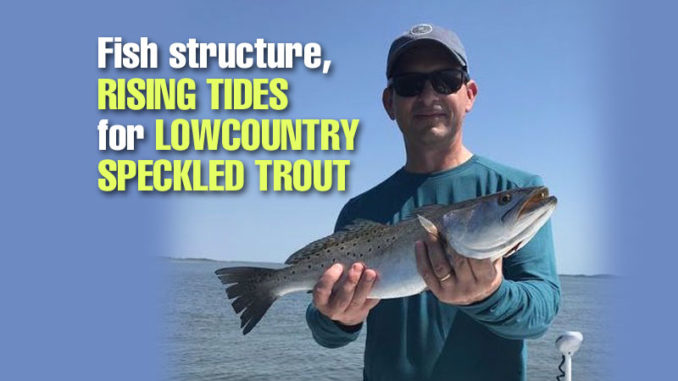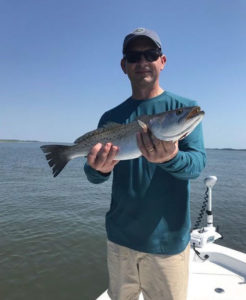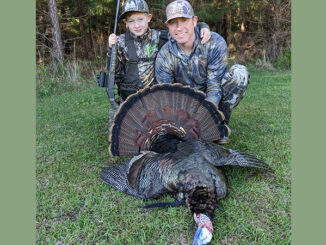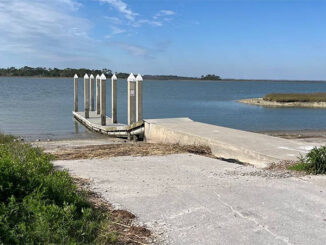
Popping corks and artificial shrimp: a great fall combo
Anglers looking for a hot bite will find it from speckled trout in South Carolina’s Lowcountry. The action can be fast and furious, especially on artificial shrimp under popping corks on a rising tide.
Guide Rick Percy of Reel Chance Charters in Beaufort, S.C. catches trout all year, but he said November is especially good for specks in these waters.
“November is a great month for trout here. You can catch them quickly when the tide is coming in,” he said.
These fish will bite live or cut bait just fine, too, but Percy prefers artificial lures because it saves time. While bait fishermen are re-baiting their hooks, anglers using plastic shrimp are already reeling in another fish.
To stay on the hottest bite, Percy (803-535-6166) suggests anglers set up within casting distance of an oyster rake, the point of an island or some other piece of structure that will be completely submerged at high tide. As the tide comes in from low to high, water surrounds the structure, forming current breaks and slight eddies. Specks stack up in these areas, waiting for an easy meal tumbling in the current.
Teaming up on trout can double your chances

Anglers fishing together can hit the trout with a one-two punch here. With a plastic shrimp under a popping cork, the first angler can cast near the current break. As the current carries it into the break, another angler prepares to cast. Once the first angler hooks up, the other angler casts, allowing the current to ease his lure into place as his buddy reels in a speck. This can go on for several minutes. As the tide eventually covers the structure, Percy moves on to find another piece that isn’t yet submerged. He sticks to the same plan, then moves on again once that structure is under water. He continues this until the peak of high tide.
Once the tide is fully in, he still catches trout, but he said the bite on the rising tide is as hot as any you’ll find this time of year.
“When the tide is rising, it’s going to cause those disturbances around exposed structure until that structure is flooded,” Percy said. “Baitfish get washed into the disturbances and tumble around, and trout are there waiting for them. Instead of casting right on top of them, use a popping cork and cast into water that will carry your lure to the fish. Just make sure to keep slack out of the line and be prepared to set the hook.”





Be the first to comment